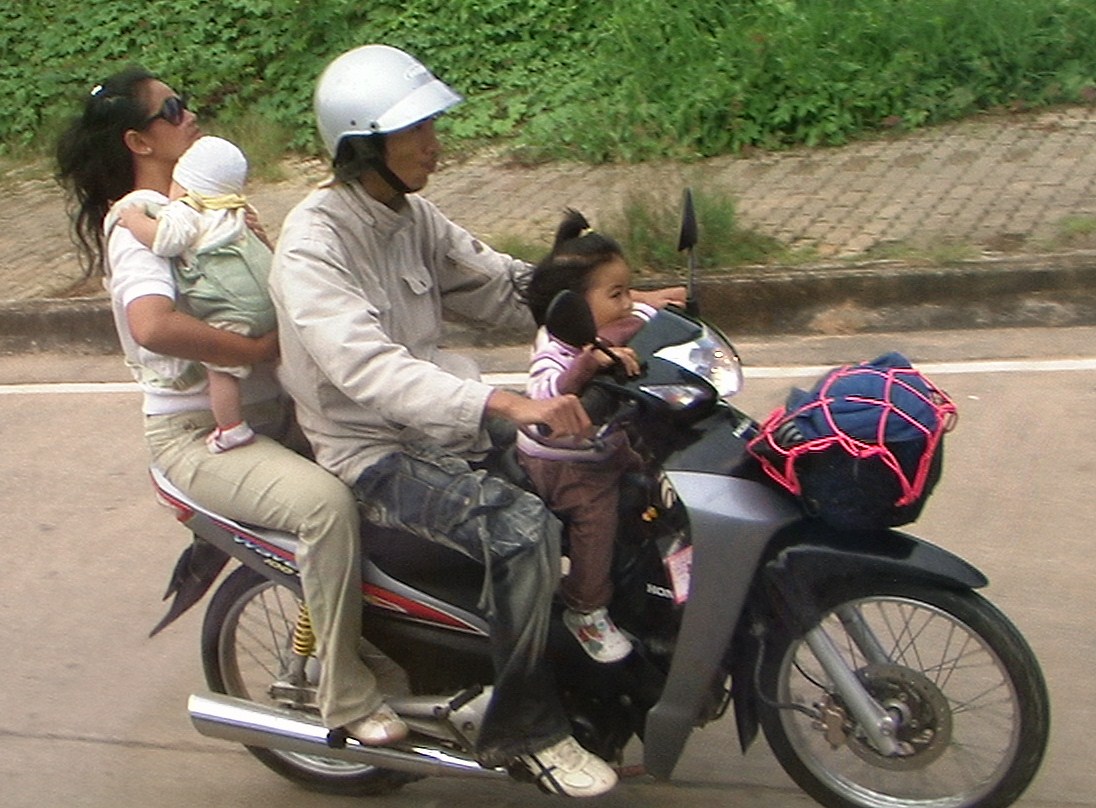Motor vehicle ownership plays a vital role in determining travel behavior. Availability of a
vehicle in one household encourages its utilization, and, the more cars in a household fleet,
the more car travel in total occurs. On one hand, transportation practitioners are interested to
know how many and what type of vehicles are being owned by households and how people
adjust and utilize their vehicles. On the other hand, the government sees demand for
transportation outpacing efficiencies so they support the promotion of new technologies (e.g.
fuel cells) and is interested to start a “shift of consumer behavior”. Understanding the
behavioral responses of consumers to the actions of business and government is of interest to a
wide spectrum of society. Therefore, there have been many studies on car or automobile
ownership and usage at the household level. Unfortunately, very few researchers have carried
out studies on motorcycle ownership behavior at the household level. Perhaps motorcycle has
been considered as a “temporary” transport mode over the world.

Asian cities such as in China, Thailand, Malaysia, Taiwan,Vietnam,and Nepal
motorcycles play an important role in the daily travel pattern of the people. The significant
role of motorcycles has been still remained in the urban transport systems even for decades in
the future. Therefore, there is a great need to study the motorcycle ownership behavior in
order to help policy makers propose effective policies to deal with the problems involving
motorcycle.

A few studies have been carried out in non-discrete frameworks. Gilbert developed a hazard duration model to estimate the distribution of auto ownership lengths and the effects of auto and socioeconomic characteristics on the length. Yama moto developed a competing risks duration model of household vehicle transactions. Although suchkinds of models are powerful in explaining ownership choice behavior, extreme difficulties have been encountered in the collection of very detailed data over a specific time interval,
thus, making them unpopular models.Therefore, the discrete choice method using.






A decision to buy a motorcycle is one of the most important decisions made by a household.
MCO represents a dramatic increase in mobility and access to employment. The way
households make decisions with respect to vehicle ownership has been the subject of numerous
studies across many disciplines.


In reality, the transaction choice set consists of “add”, “replace”, “dispose”, and “do-nothing”
options. However, as seen in Table 1, more than 80% of the transactions observed are purchases.
To simplify the transaction model, it is assumed that a household annually considers whether
to add a motorcycle to the current fleet or not. Therefore, there are two alternatives in the
choice-set, “add a motorcycle” or “not add motorcycle”
No comments:
Post a Comment